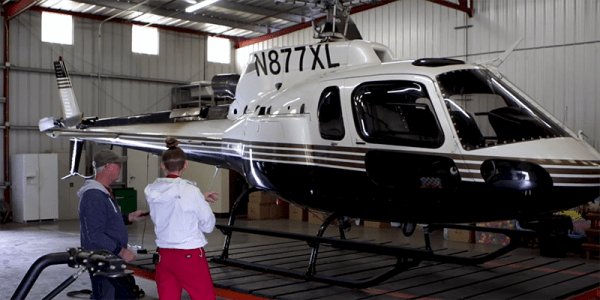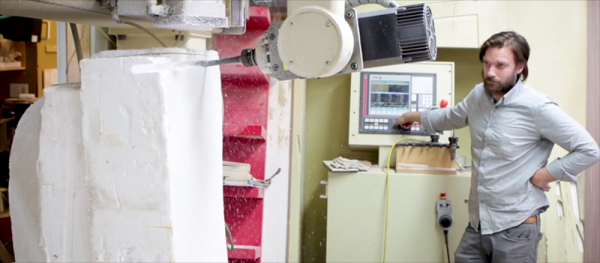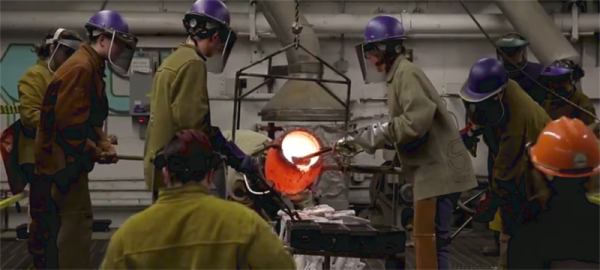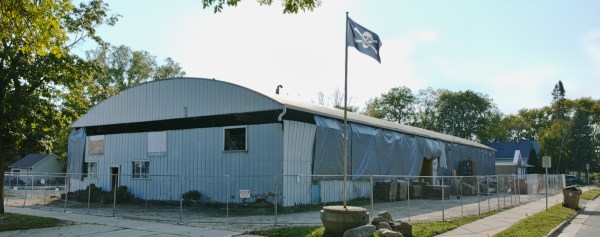The technology behind capturing aerial video is so unbearably cool. Not only do you have fancy cameras that cost as much as a car, you also have remote control camera mounts on helicopters and amazing microwave links going to the ground. This isn’t your typical FPV setup on a quadcopter; there are jet turbines and S-band transmitters here.
One of the people behind these amazing aerial shots is [Greg Johnson] of RF Film based out of Whiteman airport in sunny southern California. He’s done work for Black Panther, several fo the Fast & Furious films, Marvel movies, and is working on the new Top Gun reboot. As part of the Supplyframe Design Lab’s Detoured series, lead Staff Designer [Majenta Strongheart] visited RF Film to take a look at what goes into getting high-quality images from aerial video platforms.
[Greg] got his start at a helicopter company in Michigan, and eventually moved up to working for ESPN, shooting video of offshore speedboat races. There’s no other way to do this than by the air, but there are problems. You need to get video to the ground somehow, and that means microwave transmitters. [Greg] learned all of this by simply doing it, demonstrating some hacker cred. In fact, some of the first remote control systems he built were built around sprinkler systems.
Now, [Greg]’s work is significantly more advanced than modified sprinkler systems. He’s making custom hardware for 1080 cameras worn in a hat for drag racing. There are gimbals that roll a camera around its axis, and all of this is custom made in [Greg]’s shop.
There’s a lot of work that goes into producing video for aerial photography, and it’s much more complex than sticking a runcam on a quad. There’s antenna design, FCC regs, and custom robots that point the camera where it needs to be. RF Films is one of the best in the business, and we’d like to thank them for giving us a glimpse into their shop and workflow.
You can check out the video tour of the shop below.










 [Vejdemo-Johansson] figured a circle of 4 tilt sensors mounted on the one and twenty face would be enough to detect critical rolls. If any of the switches were tilted beyond 30 degrees, the switch would close. He mounted eight ball-tilt switches and glued in the LEDs. A hackerspace friend also helped him put together an astable multivibrator to generate the pulses for non-critical rolls.
[Vejdemo-Johansson] figured a circle of 4 tilt sensors mounted on the one and twenty face would be enough to detect critical rolls. If any of the switches were tilted beyond 30 degrees, the switch would close. He mounted eight ball-tilt switches and glued in the LEDs. A hackerspace friend also helped him put together an astable multivibrator to generate the pulses for non-critical rolls.









